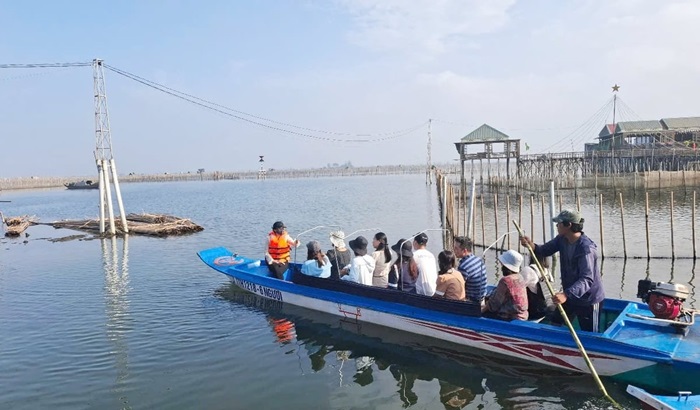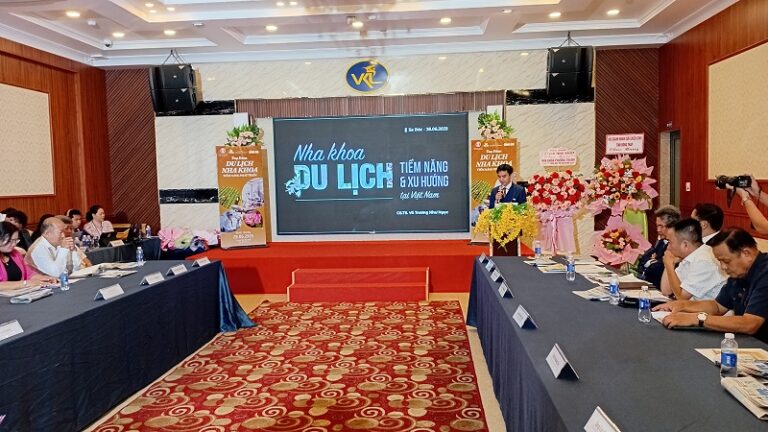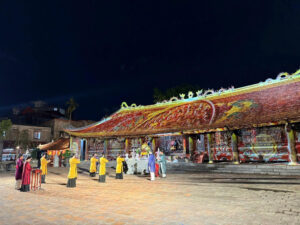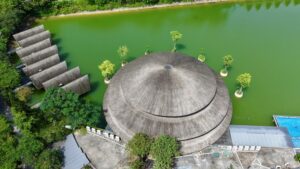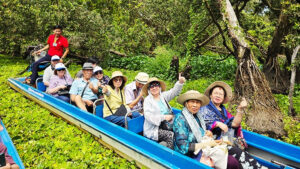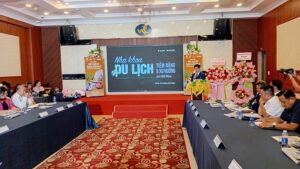From ancient times to the present, communal houses have been considered a community symbol of Vietnamese villages and an element of material culture. Preserving and promoting the cultural values of village communal houses means preserving and protecting the traditional values of Vietnamese villages and communes, as well as promoting traditional cultural resources in the new era.
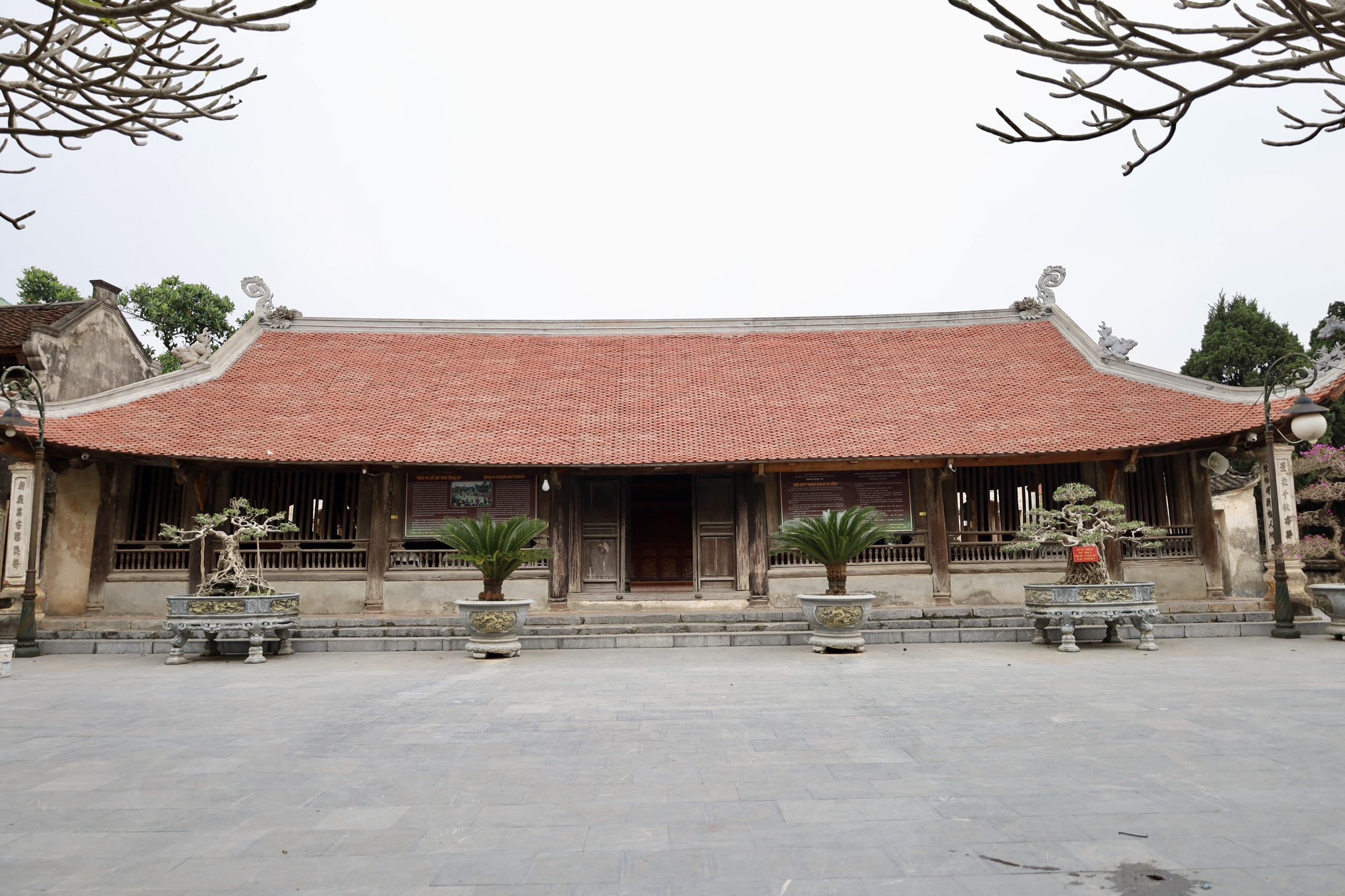
National historical and cultural relic Ngoai Lau Thuong communal house, Trung Vuong commune, Viet Tri city still preserves many ancient architectural features typical of Northern village communal houses.
The whole province currently has 225 communes, wards, towns and about 140 communal houses, concentrated mainly in the delta such as: Viet Tri city, Lam Thao, Tam Nong, Thanh Thuy districts. Among them, the most popular are Viet Tri city and Lam Thao district with nearly thirty communal houses, and the least are Ha Hoa, Thanh Son, Yen Lap districts. Normally, every Vietnamese village has a village communal house, besides a pagoda or temple. However, in Phu Tho, some villages have 2 or 3 communal houses while some others have noone. In the case of a village with two communal houses, it may be because the village’s population increased, requiring the village to be expanded. Therefore, people built another communal house to worship the village’s tutelary god and organize activities of the new residential area.
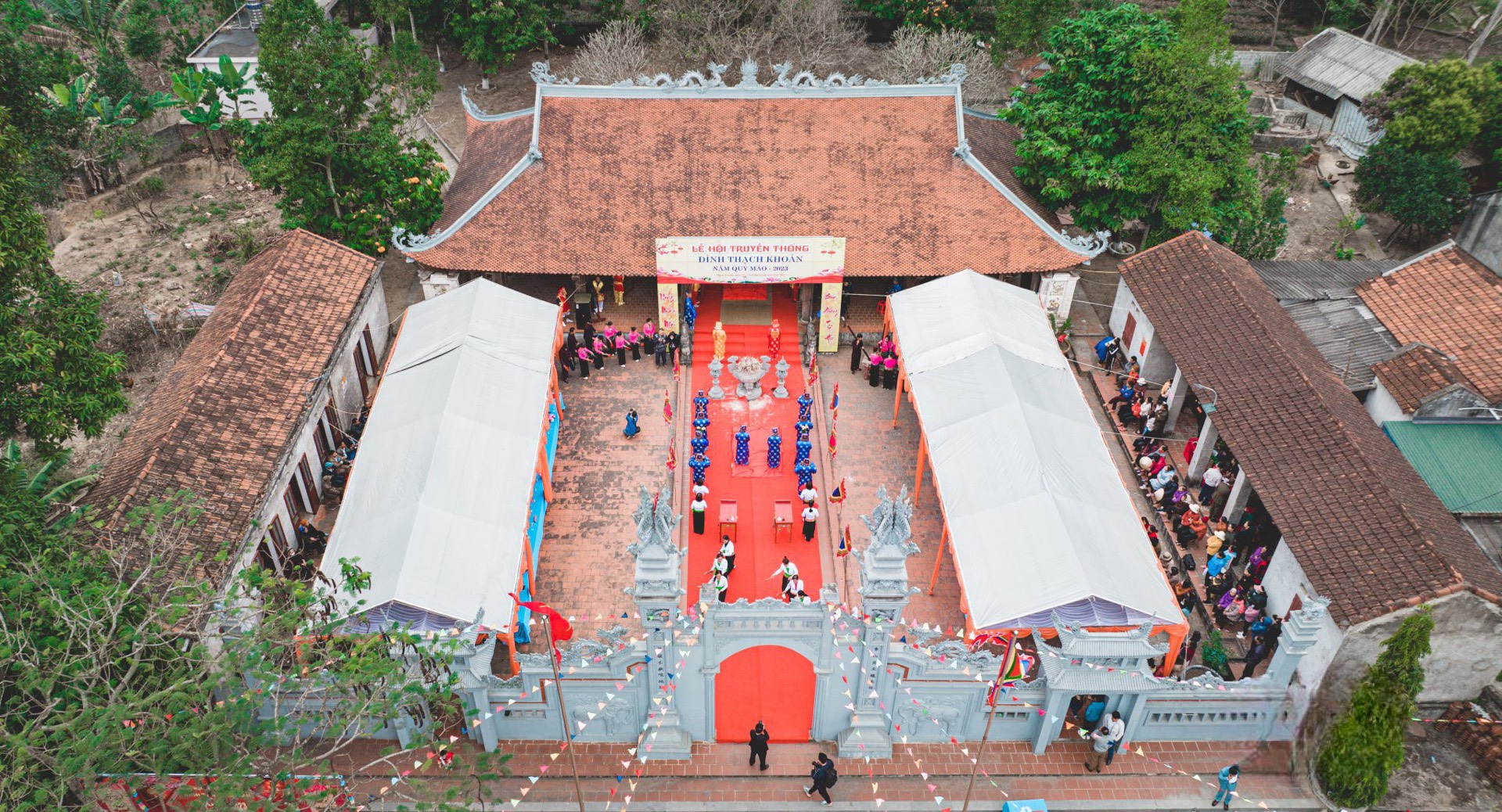
National historical and cultural relic Ngoai Lau Thuong communal house, Trung Vuong commune, Viet Tri city still preserves many ancient architectural features typical of Northern village communal houses.
According to PhD in History Nguyen Anh Tuan - Branch of Critical Theory and Folk Arts, Provincial Union of Literature and Arts: The village communal houses in Phu Tho were built a long time ago, from about the 17th century to the 19th century, especially a few communal houses were built in the 20th century. Among them, there are 5 communal houses determined to be built in the 17th century: Dinh Noi and Dinh Ngoai (Lau Thuong village - Trung Vuong commune, Viet Tri city); Hung Lo communal house (Hung Lo commune, Viet Tri city) and Dao Xa communal house (Dao Xa commune, Thanh Thuy district).
Sharing more about village communal houses and their culture, the folk culture researcher Pham Ba Khiem said: Village communal houses are places to worship gods whom the people in the village respect as village tutelary gods. The gods worshiped at the village communal houses are very diverse and rich. Some gods are only worshiped in one village communal house, others are worshiped in many different places. In particular, the Hung Kings, their wives, children and generals of the Hung Kings’ period, are worshiped in the most places throughout the province. Of the 140 communal houses in the entire province, there are 105 communal houses worshiping gods related to the Hung Kings’ era.
It can be seen that communal houses are associated with the life of each community and the common activities of the village. Furthermore, communal houses can be considered a symbol of the village, a sacred place in each person’s mind. Village communal houses and other religious relics such as temples, shrines, pagodas... become places where no trespass is allowed. At the same time, there are regulations and taboos that are passed down from generation to generation such as: Do not slaughter animals or build houses and graves in the communal house’s land, do not arbitrarily cut or pick trees grown in the communal house. The performance of sacrificial rituals must also ensure standards such as neat clothes, the person chosen must have good morals, be respected by everyone, have a complete and perfect family, etc.
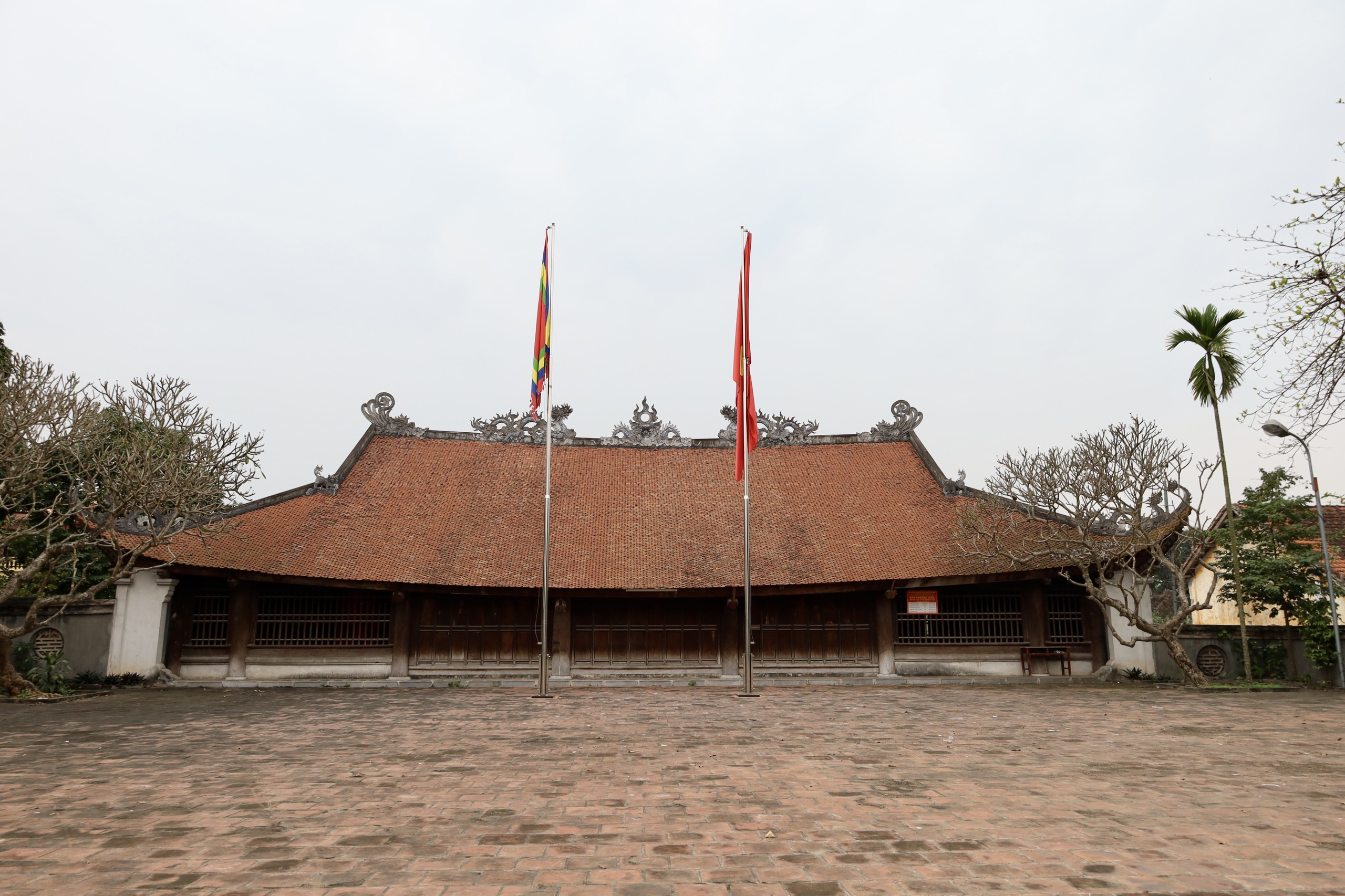
National historical and cultural relic Ngoai Lau Thuong communal house, Trung Vuong commune, Viet Tri city still preserves many ancient architectural features typical of Northern village communal houses.
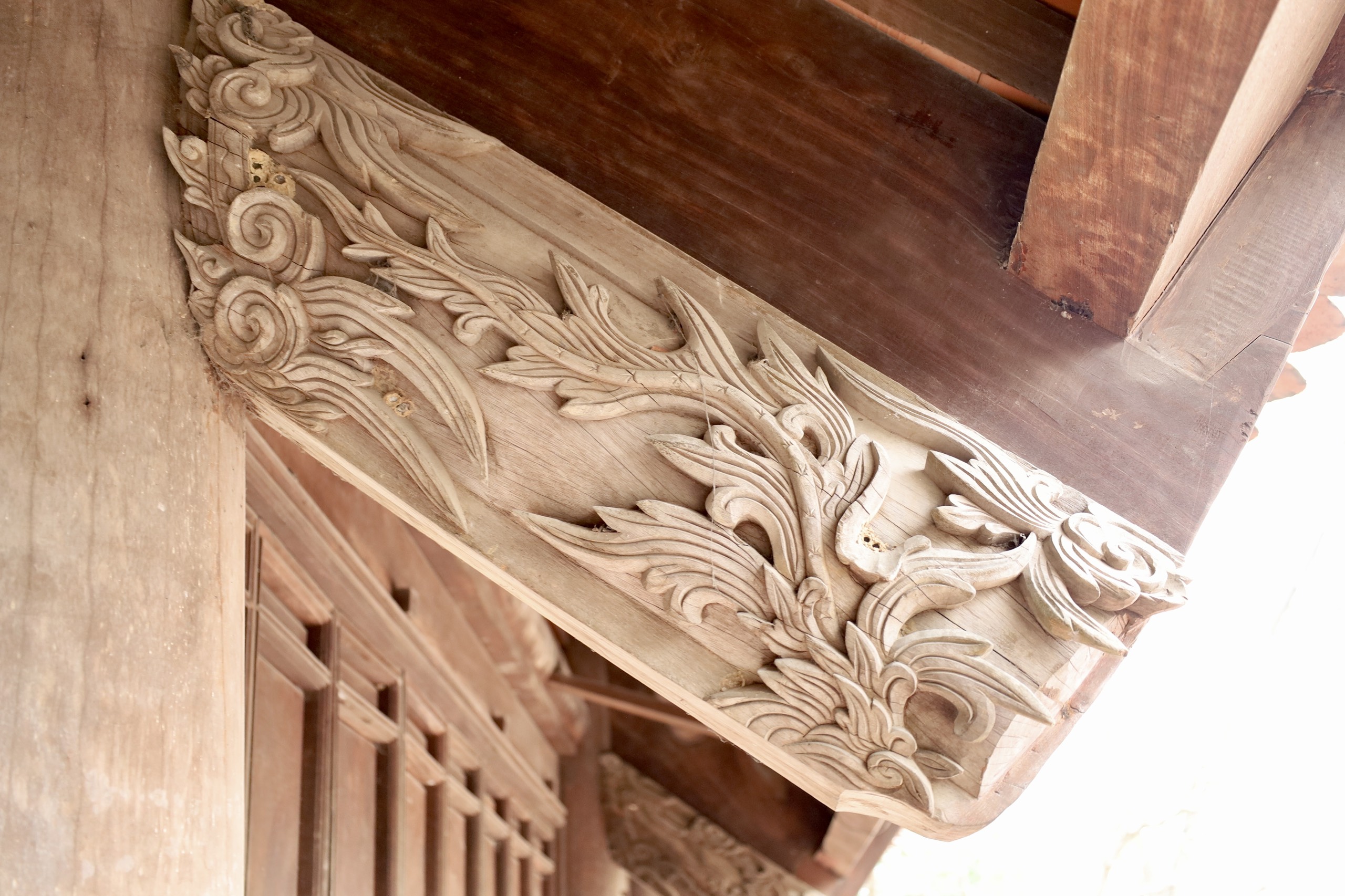
Some preserved architectural features of Ngoai Lau Thuong Communal House.
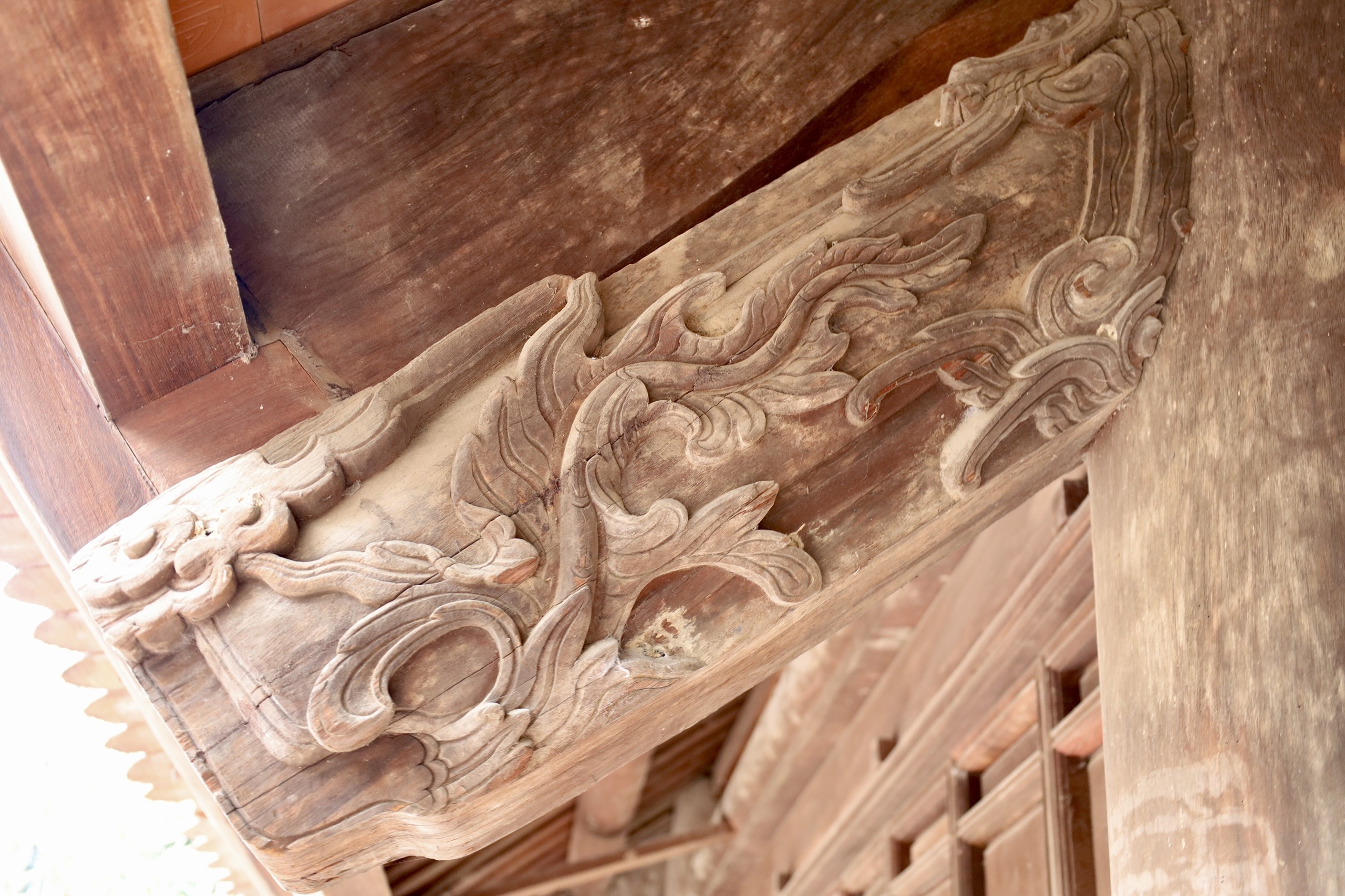
Some preserved architectural features of Ngoai Lau Thuong Communal House.

Some preserved architectural features of Ngoai Lau Thuong Communal House.
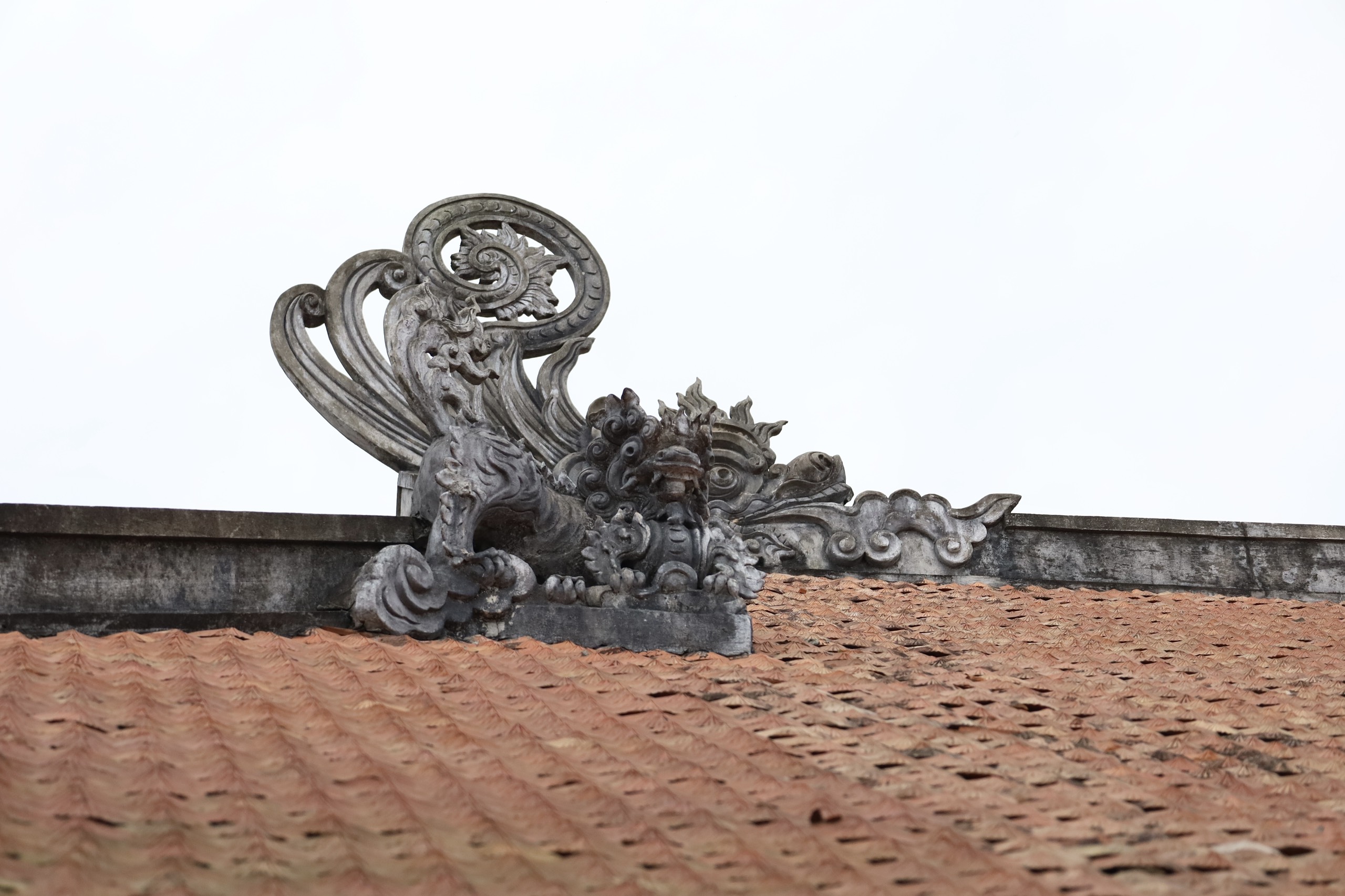
Some preserved architectural features of Ngoai Lau Thuong Communal House.
Vinh Ha


